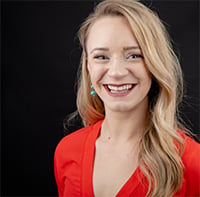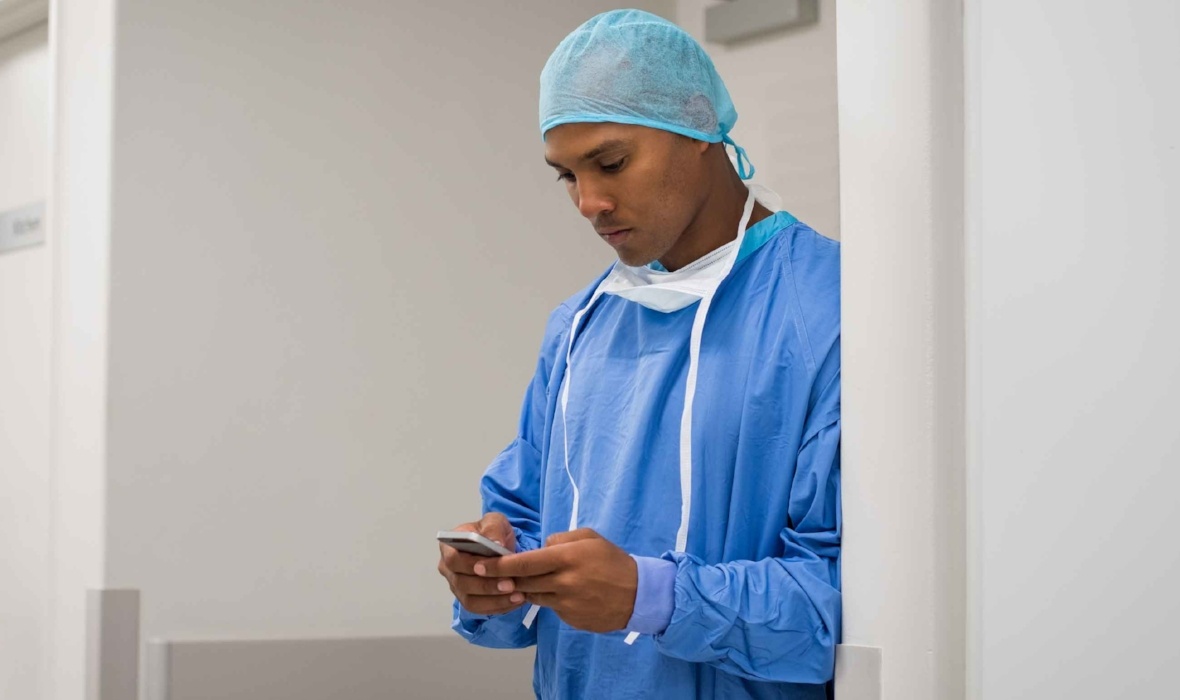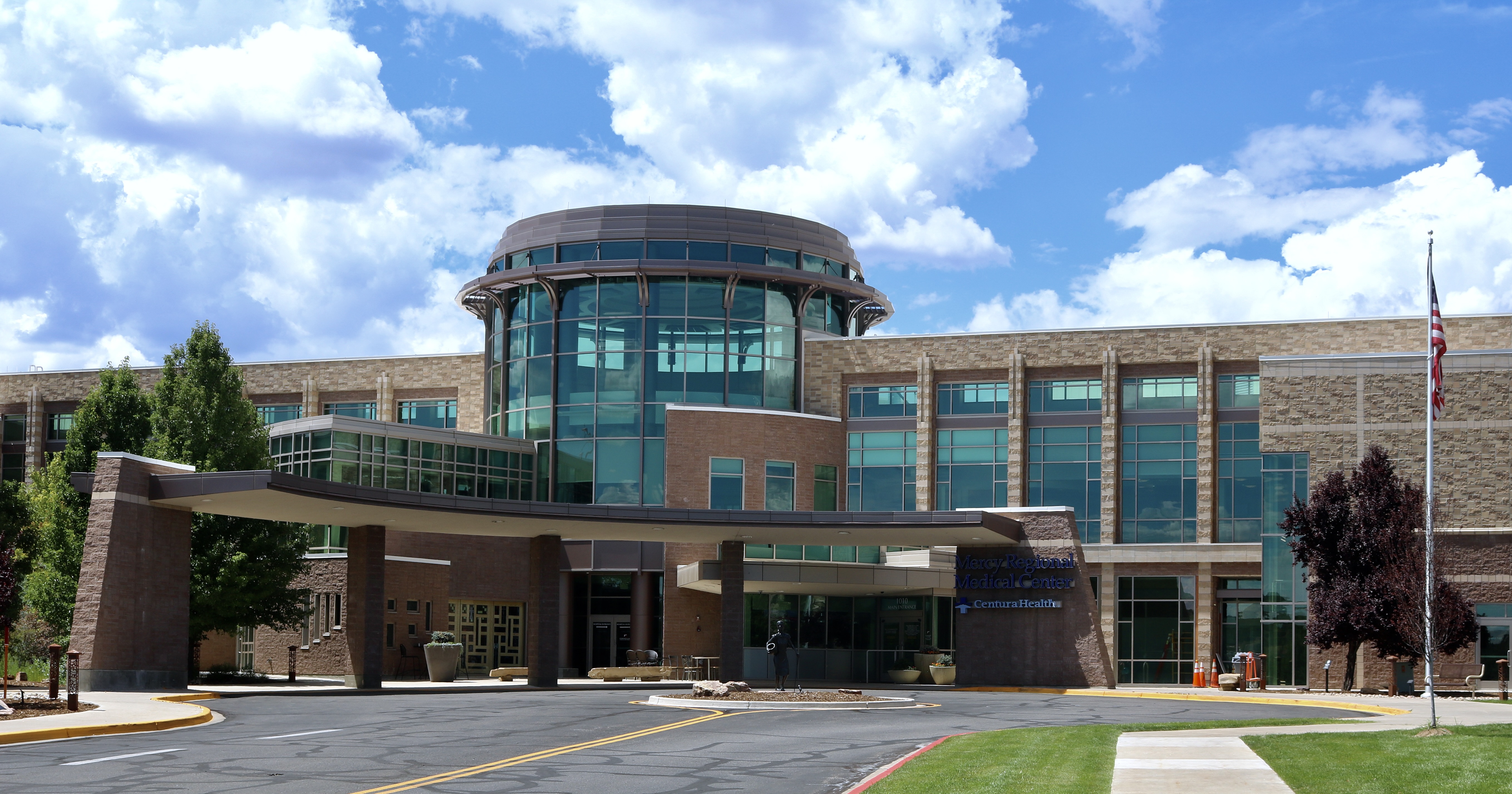Communication in healthcare is universally problematic, and it's no secret that clinicians are looking for a better way to communicate ... a way that fits how they communicate in the rest of their lives outside of EMS or the hospital.
According to an article published on the BMJ, "The dominant form of communication in hospitals—the pager—is costly, inefficient, and, says Johansson, 'extremely disruptive.' 'Pagers interrupt you in mid flow and only allow communication between one person and another.'"
In fact, the article says that some clinicians are turning to WhatsApp to communicate their patient info ... but this is dangerous for a few reasons. First of all, it's not HIPAA compliant. Need we say more?
But beyond that, we as an industry, also need to understand that moving data around is not the same as communicating. HIPAA-compliant texting alone will not solve the problem. We need real-time TEAM communication across ALL healthcare entities.
The future of healthcare communications is connected teams.

 Hannah Ostrem
Hannah Ostrem


![[PRESS RELEASE] Published Research Finds Up to 31% Faster STEMI Treatment Times in Rural Hospital Setting with Pulsara](https://www.pulsara.com/hubfs/_1_website-page-blog-assets/pulsara-hosp-teams-assign-cardio-stemi-rn-1200x701.jpg)

